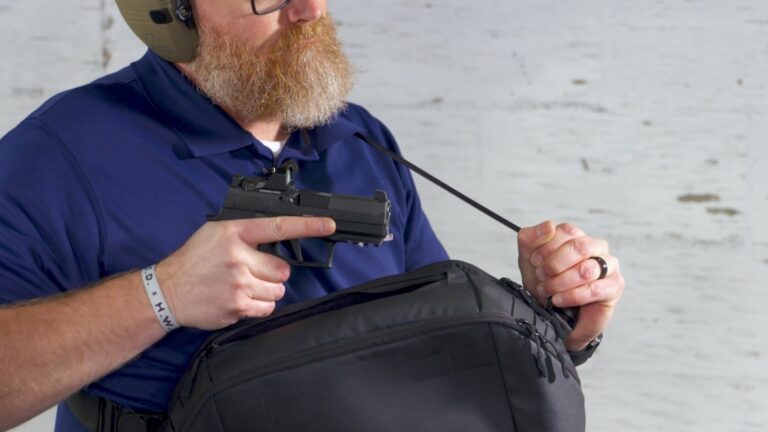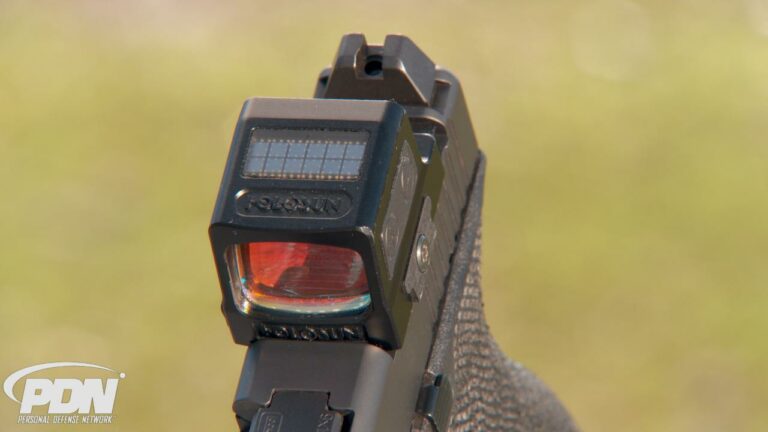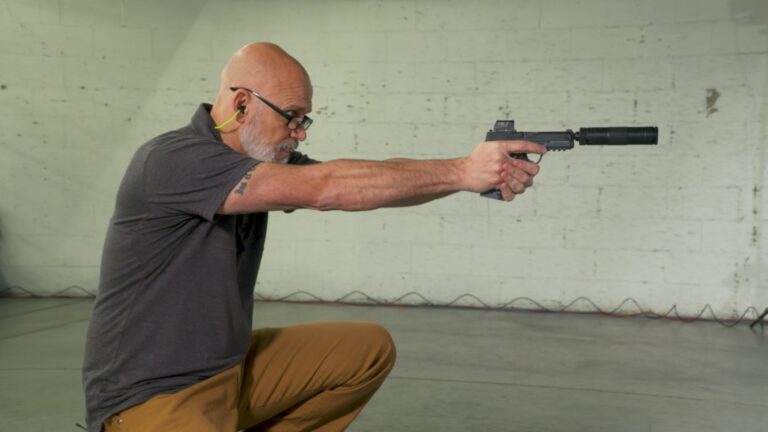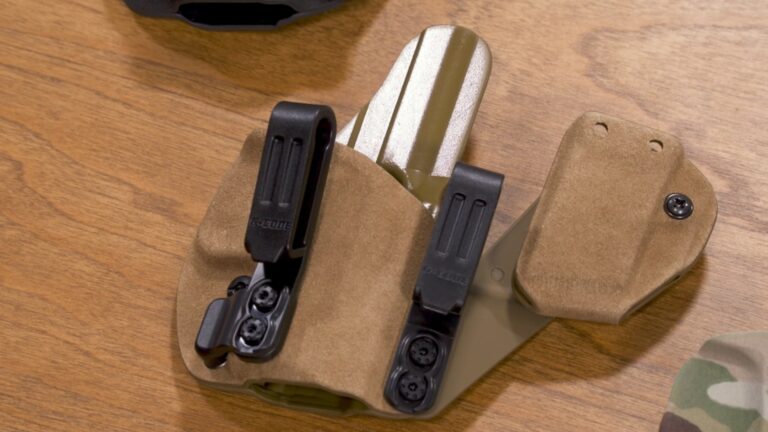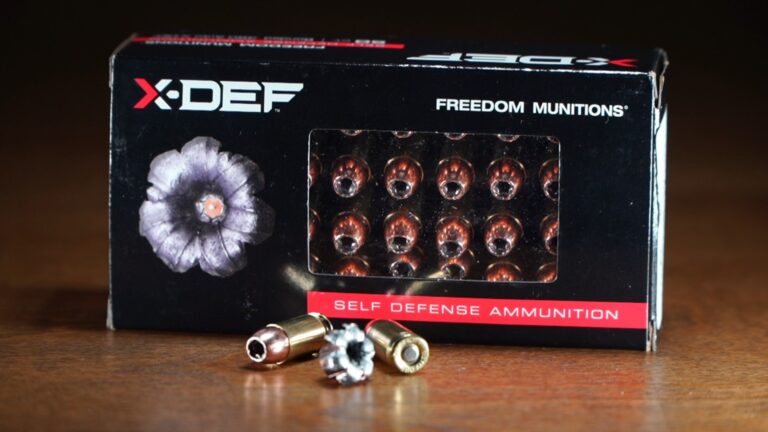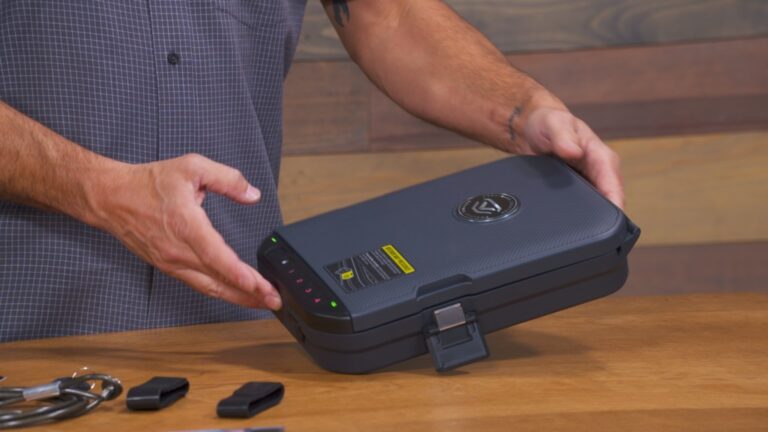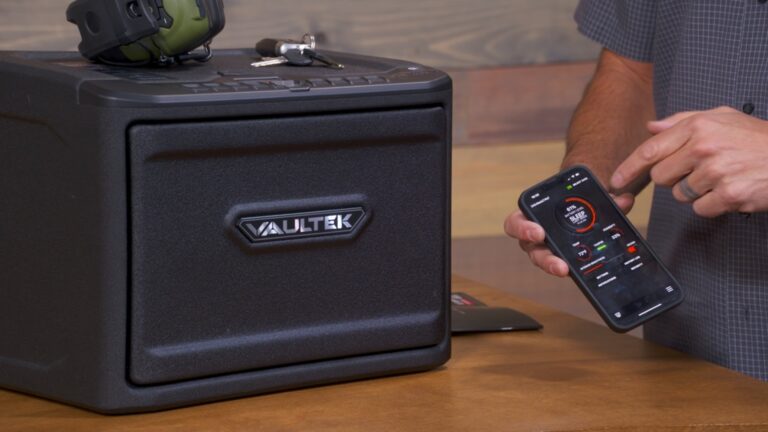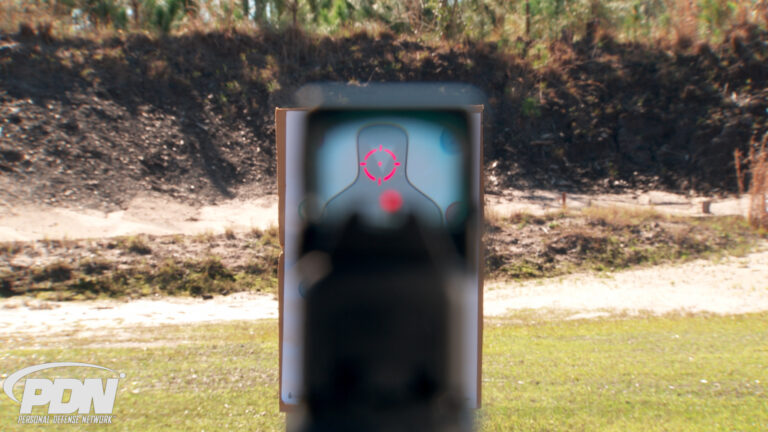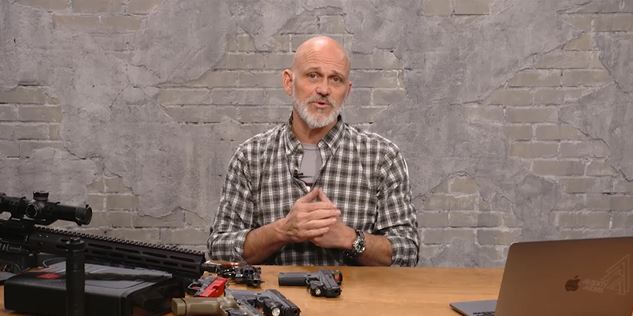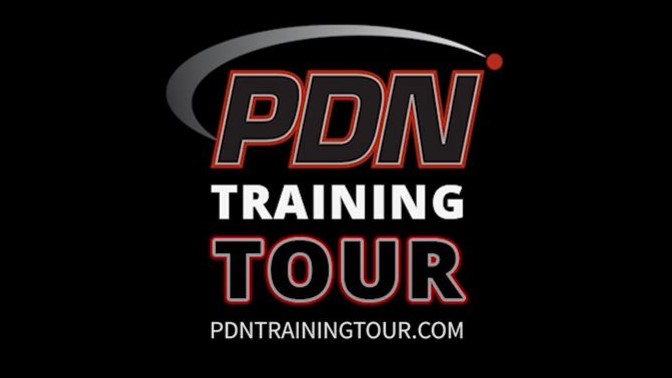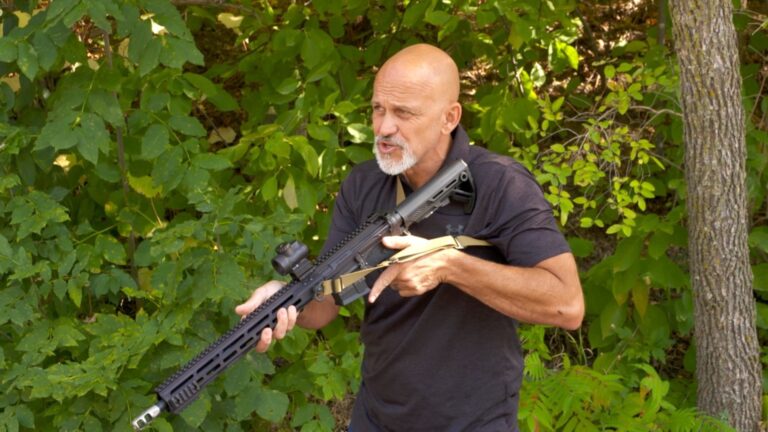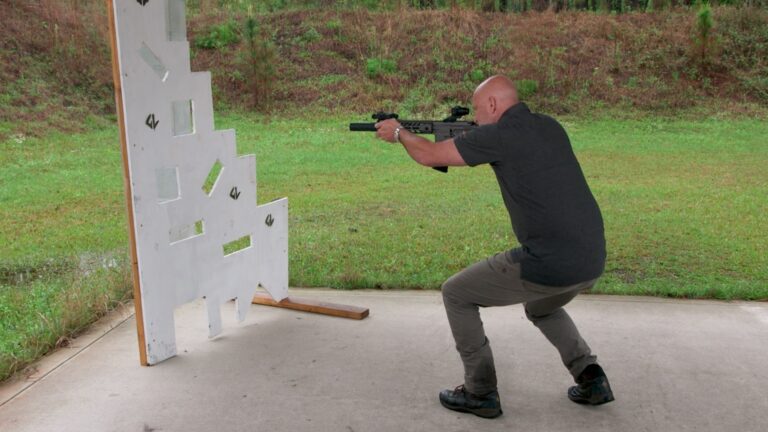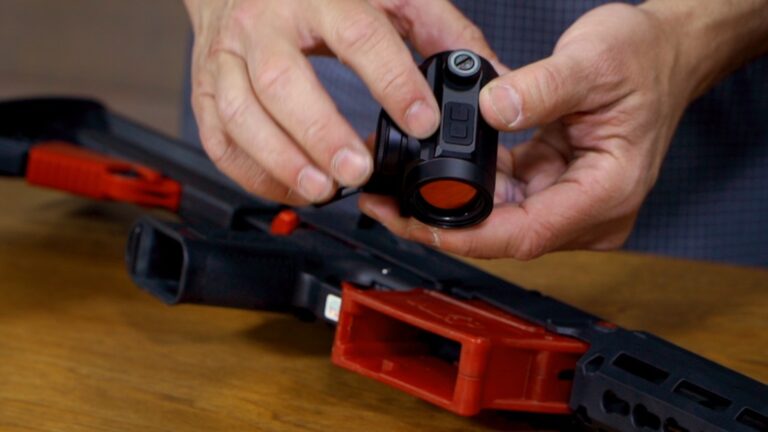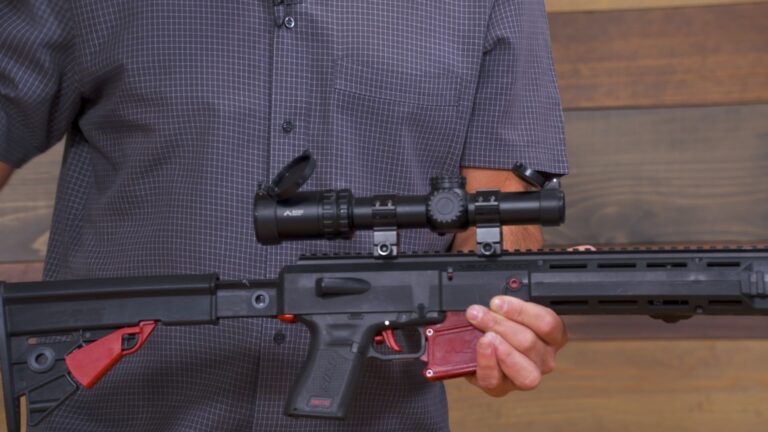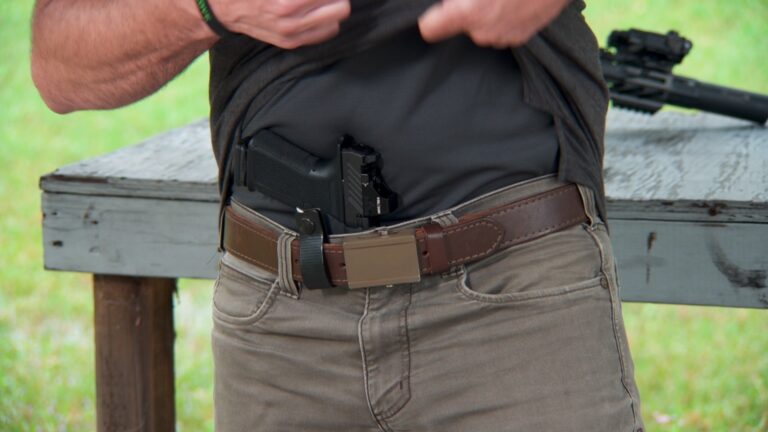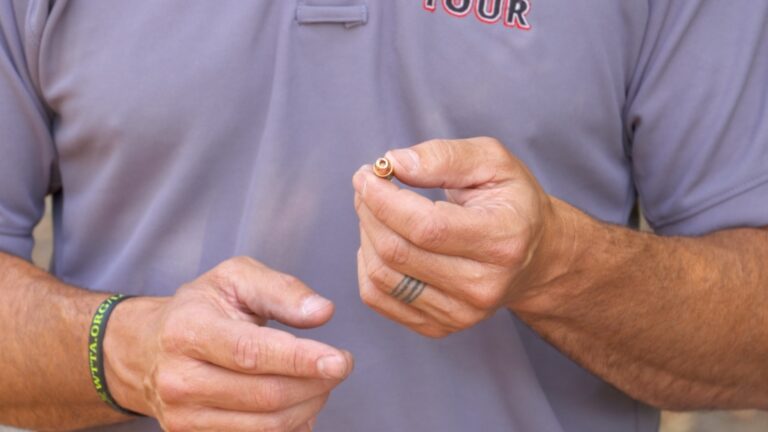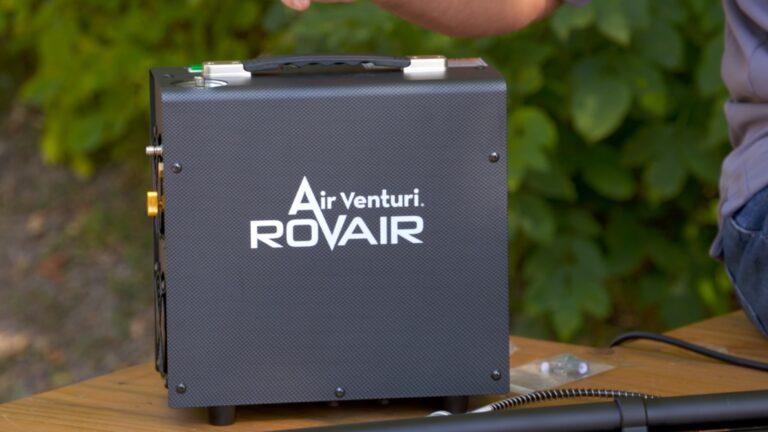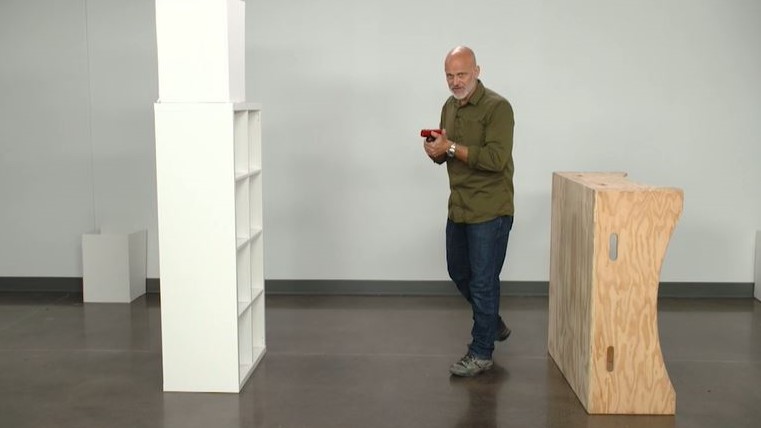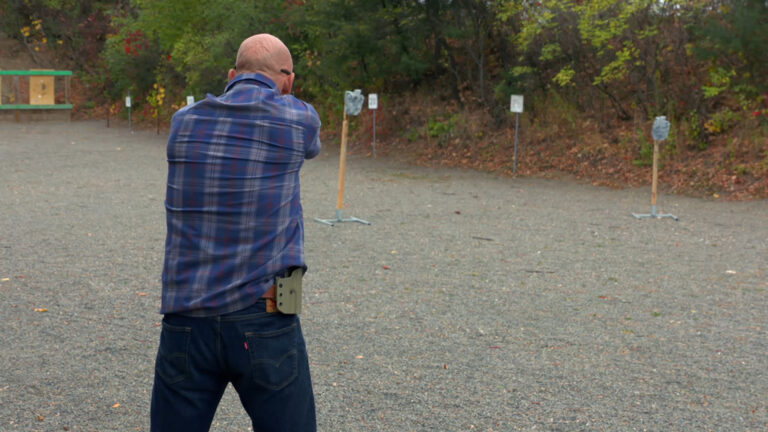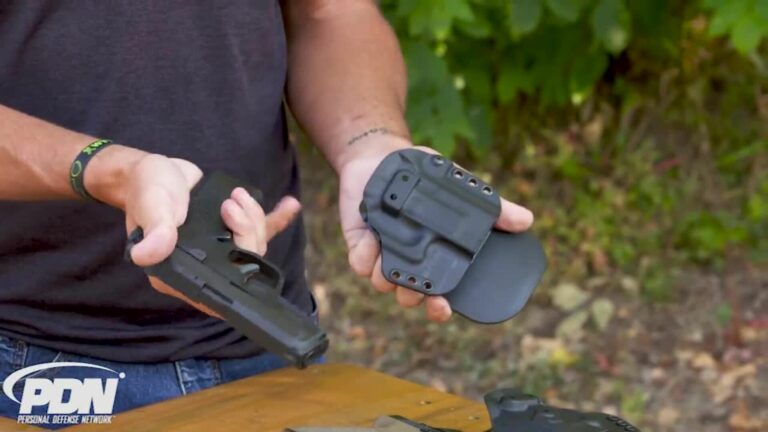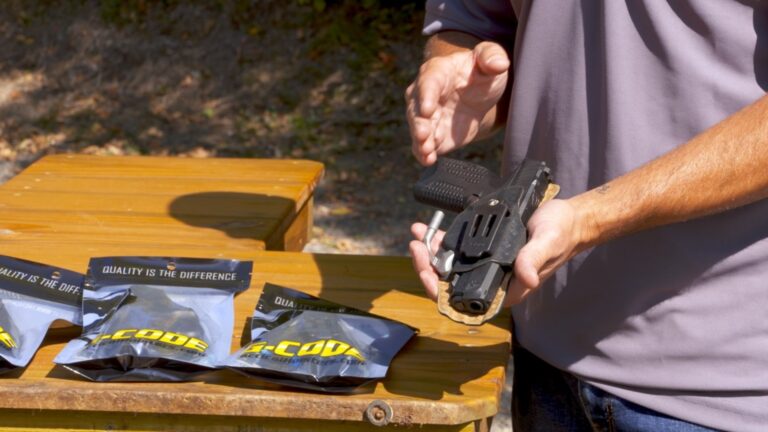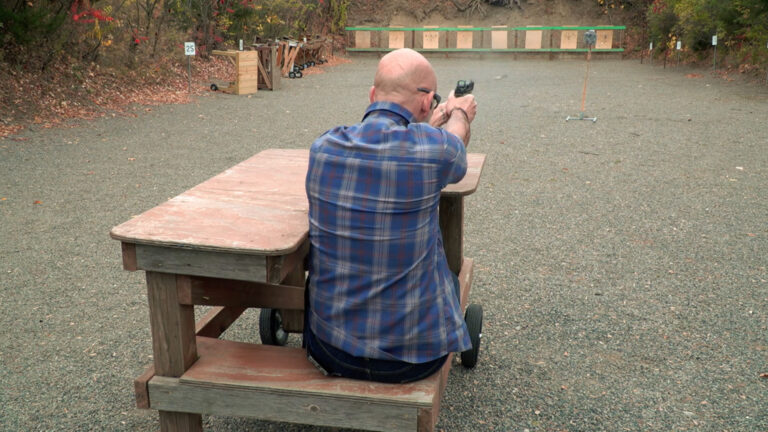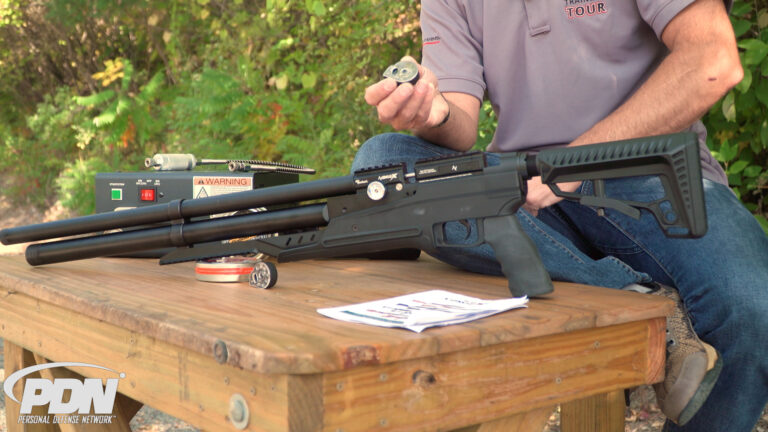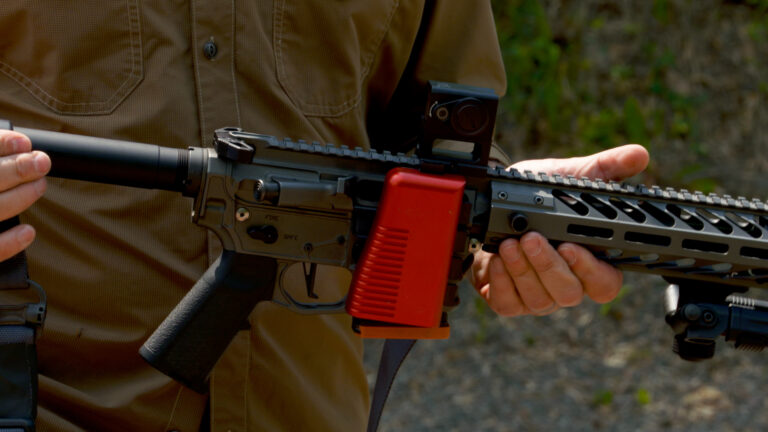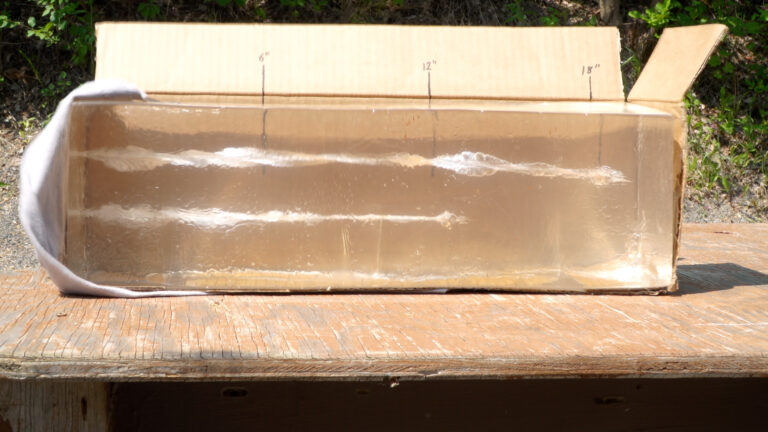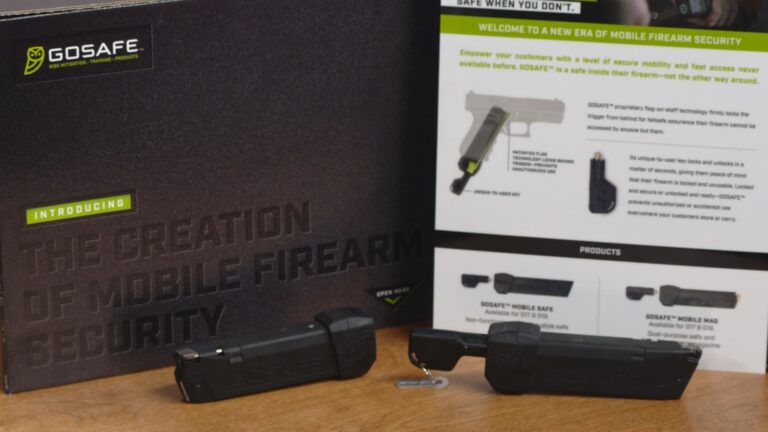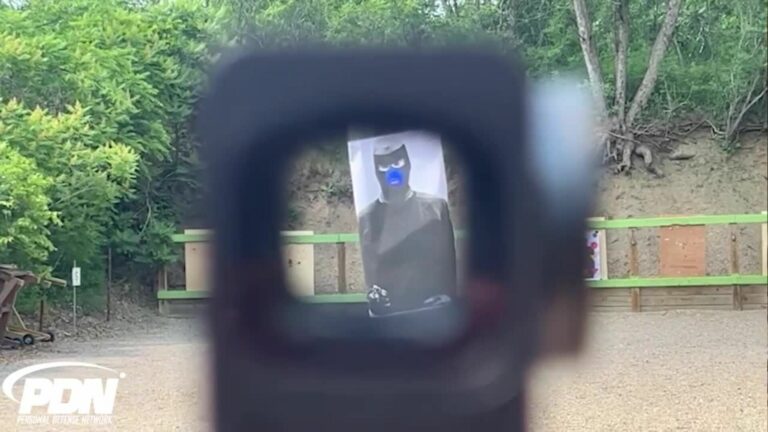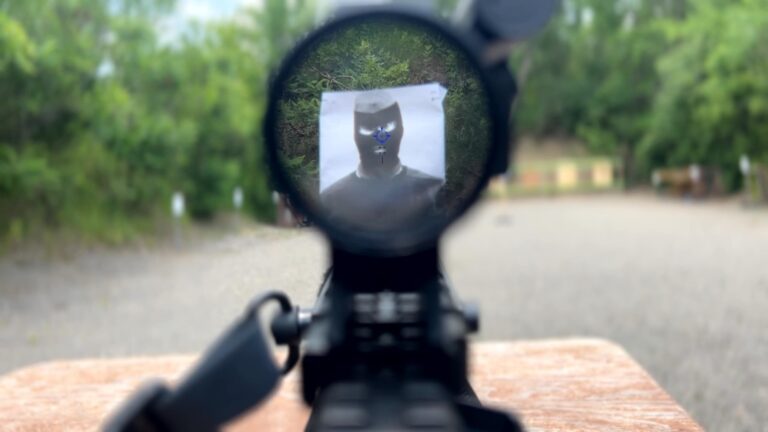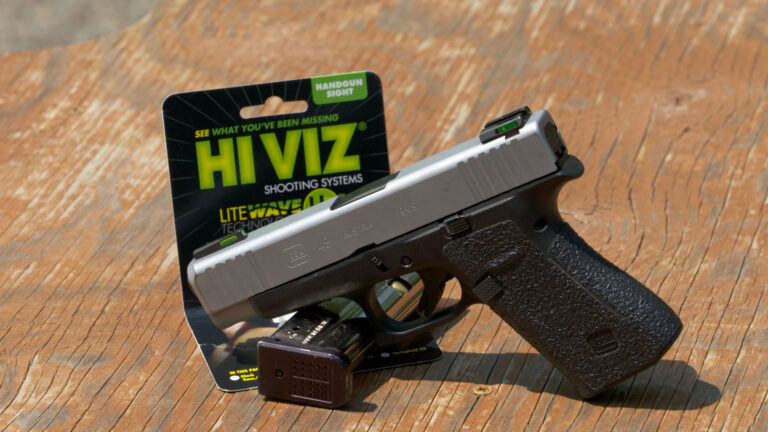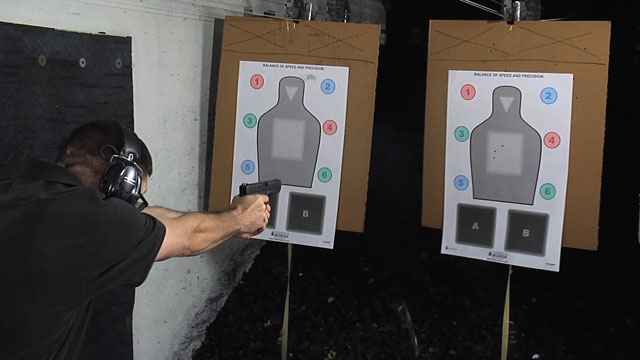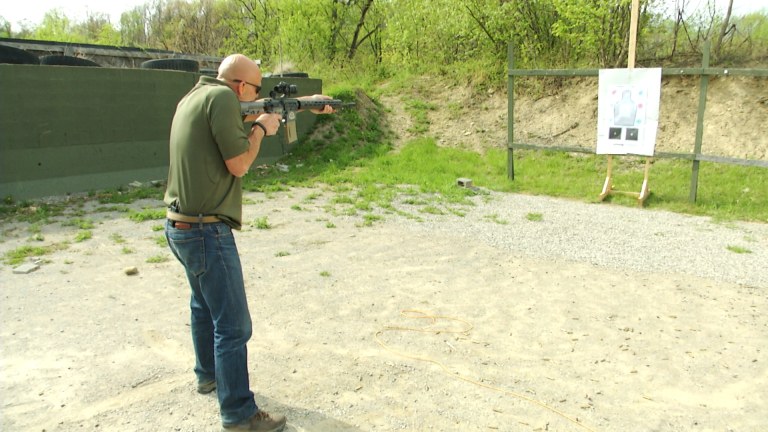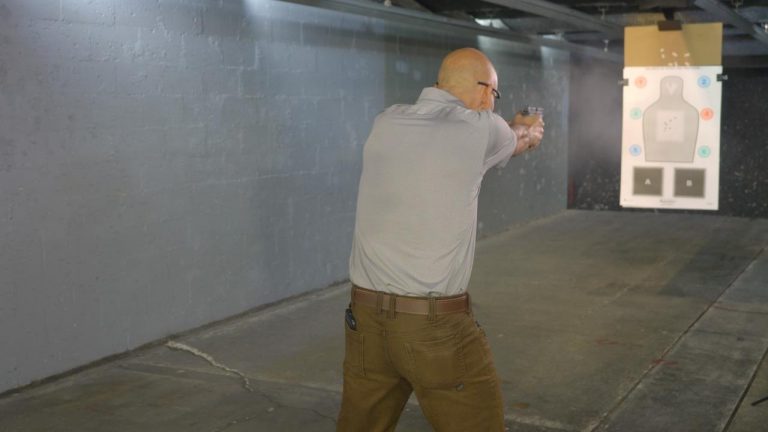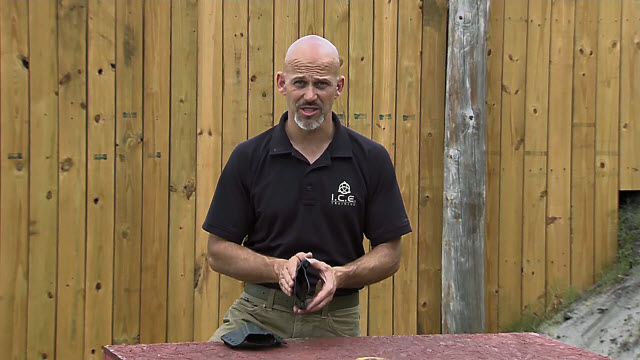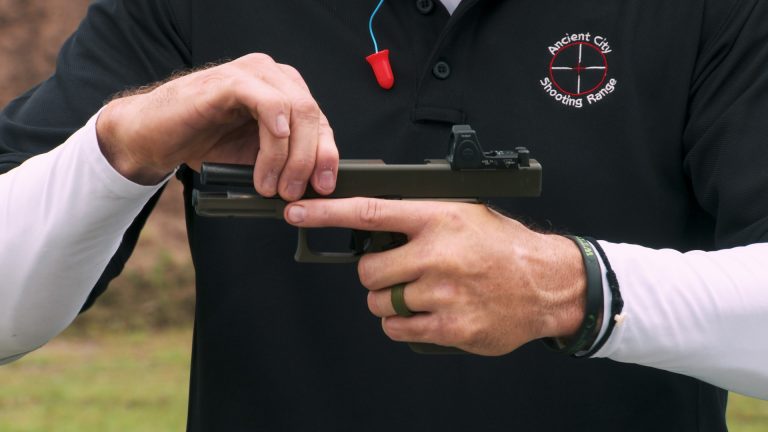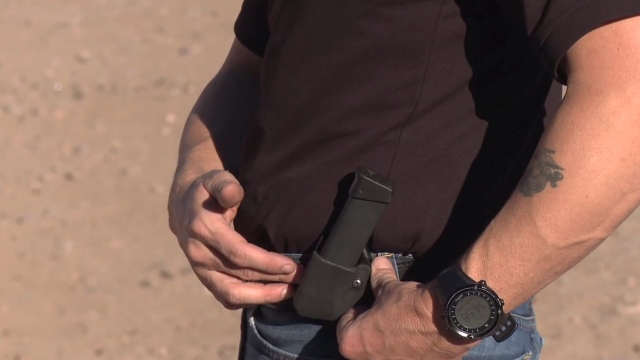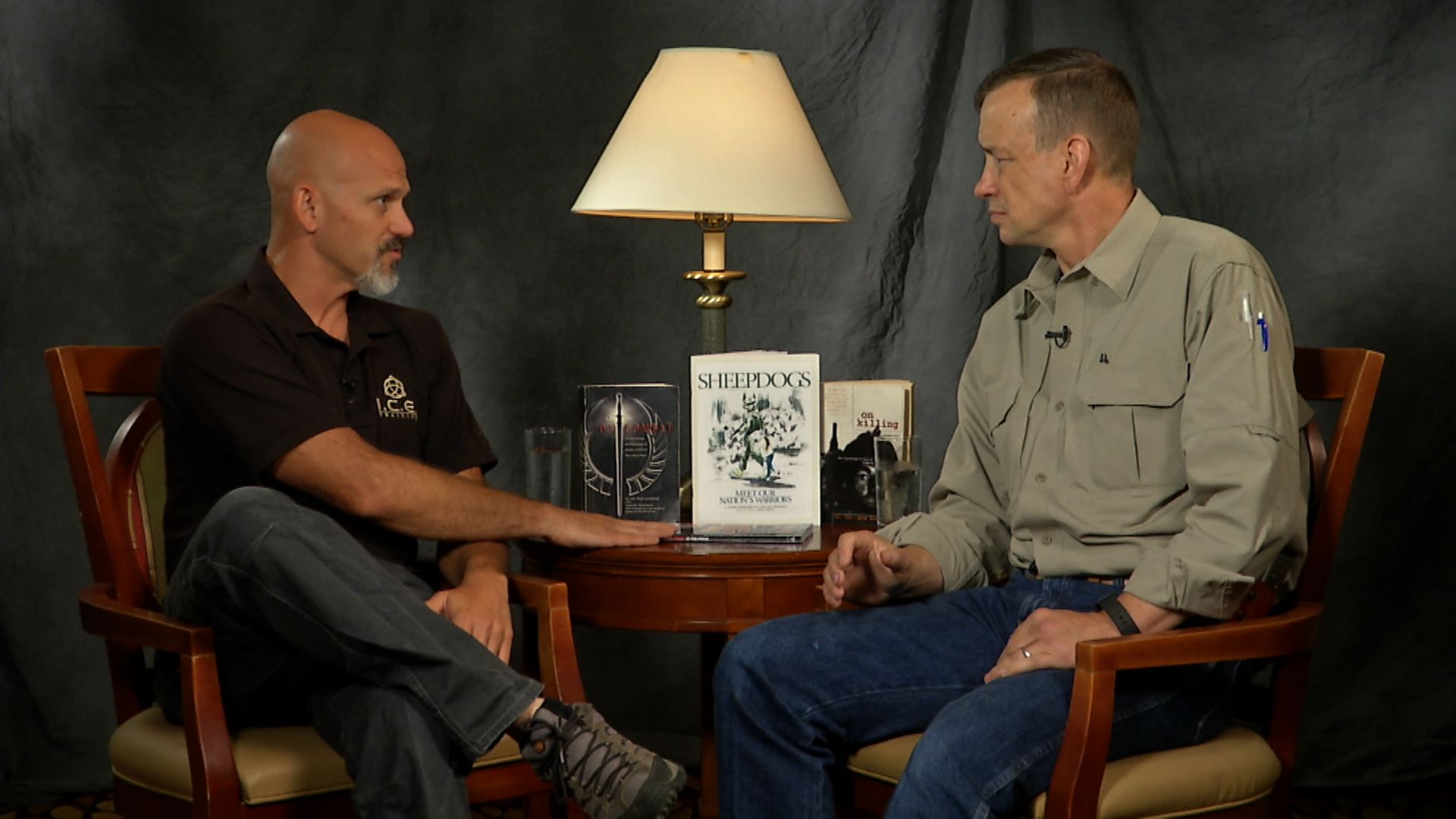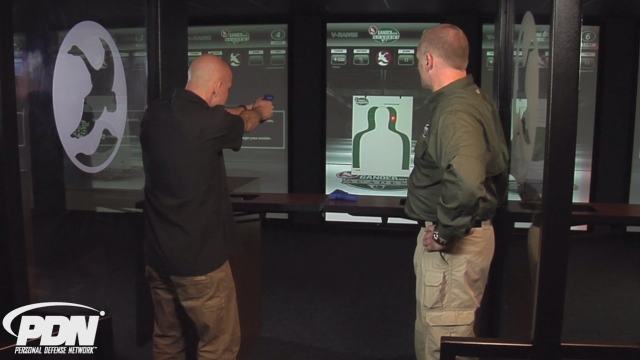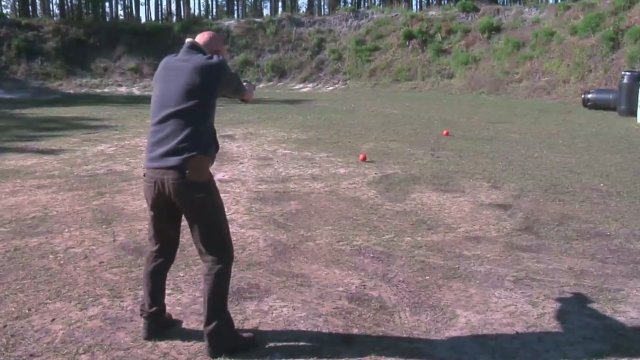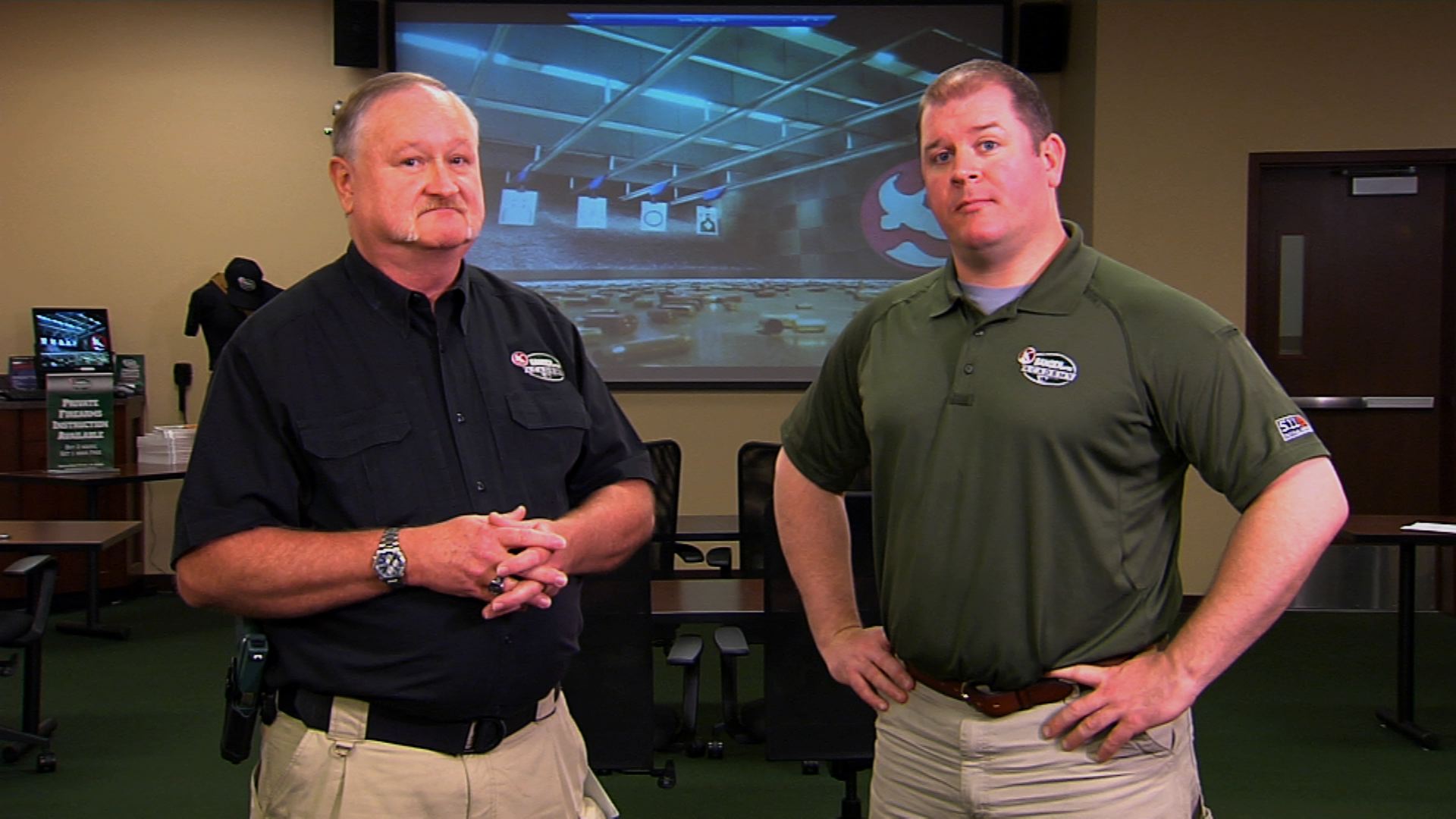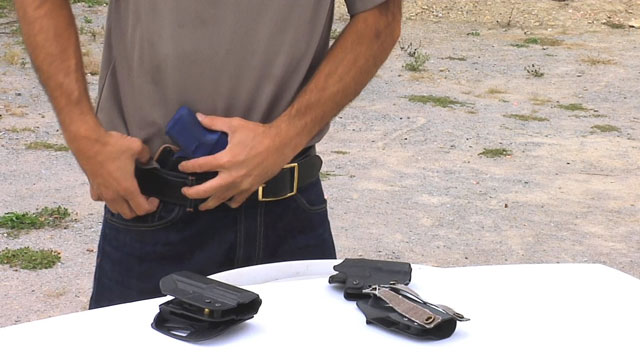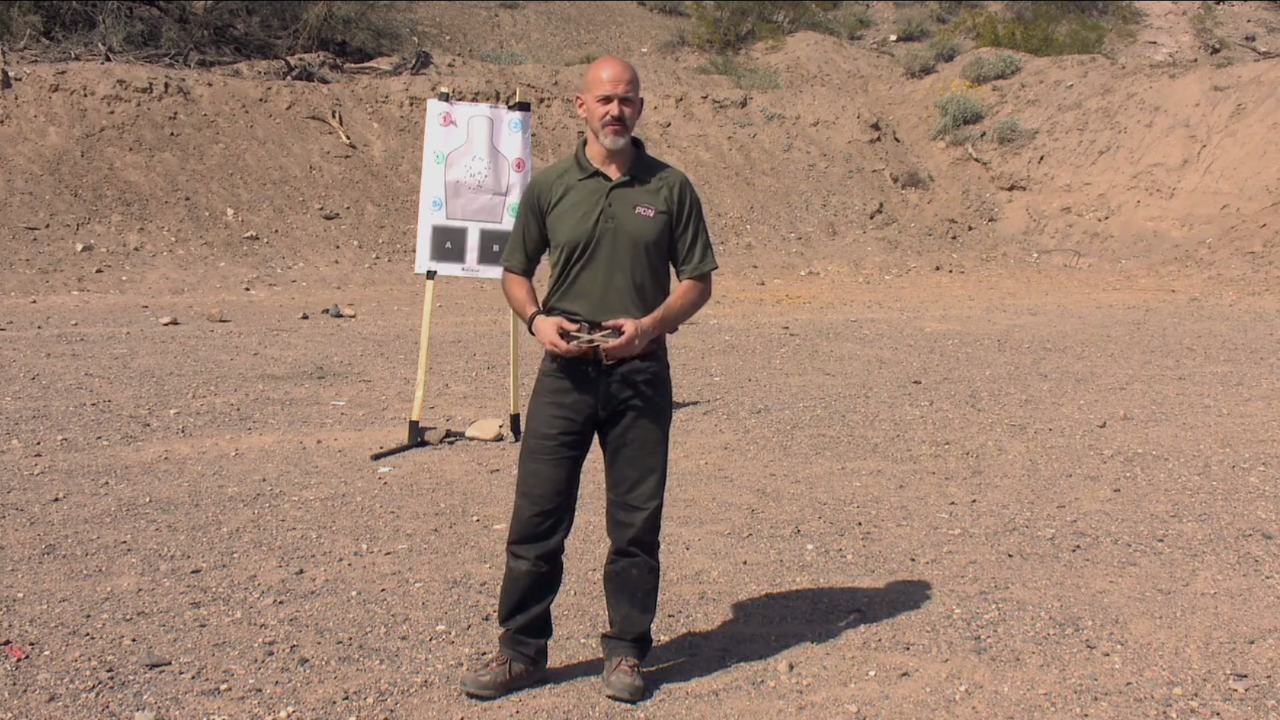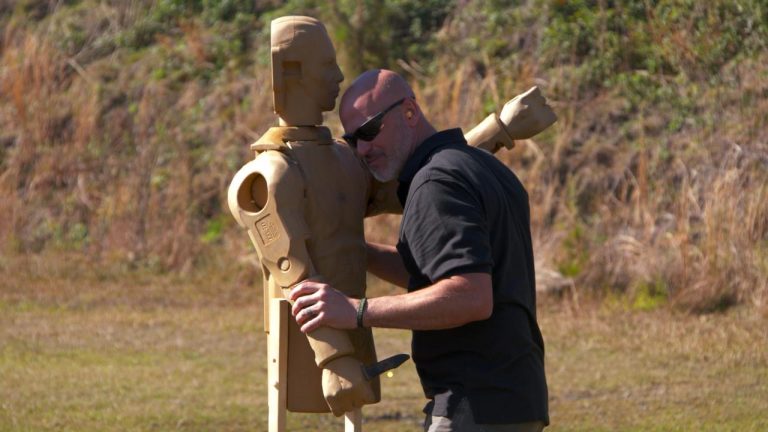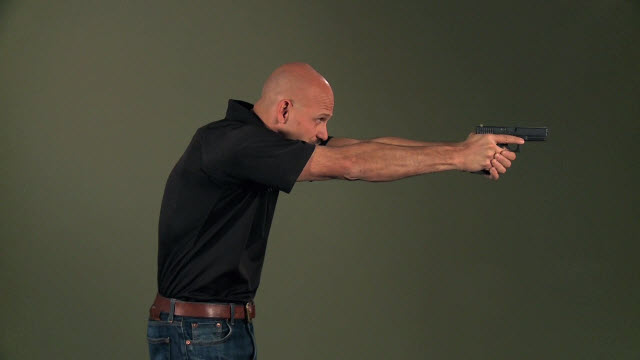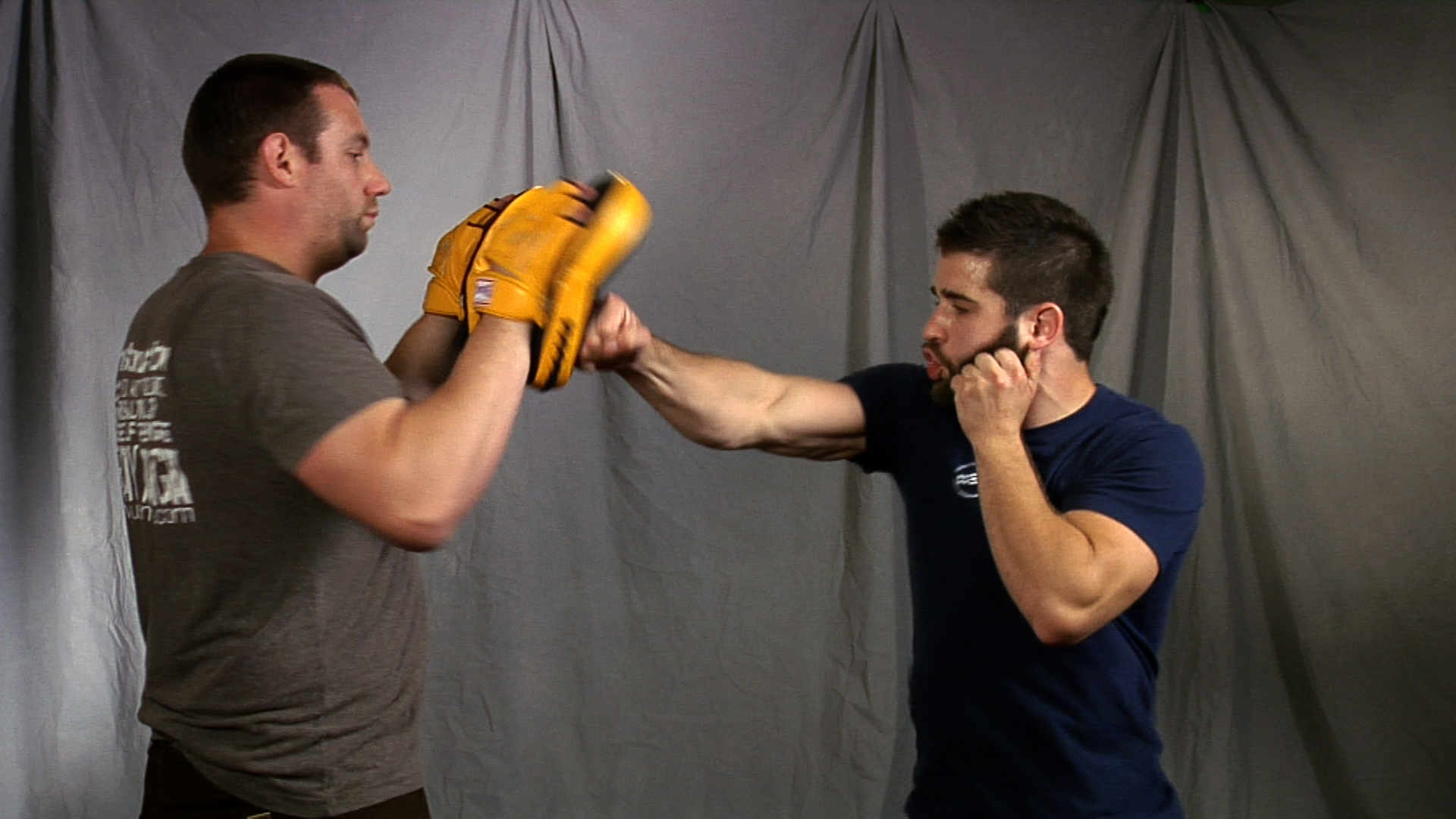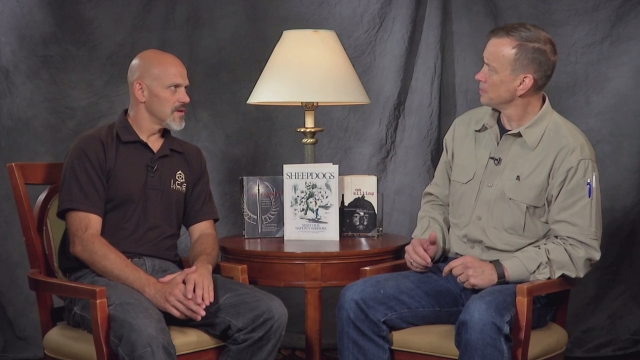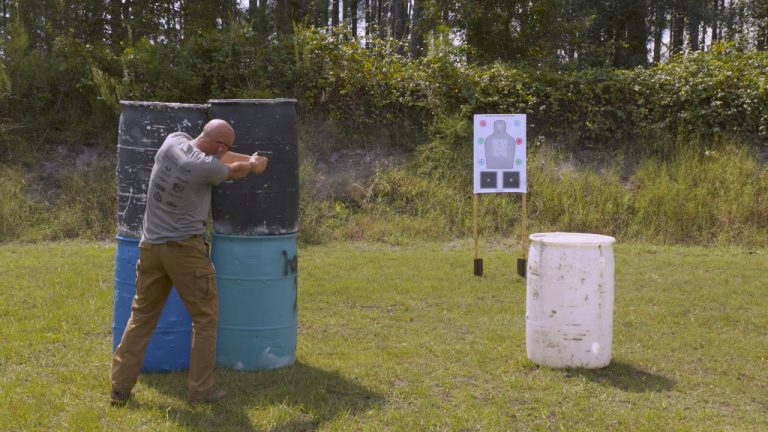
Shooting Steel Targets
Rob PincusShooting steel targets is a great way to train rapidly without having to worry about the wind or weather affecting paper targets, or worry about replacing targets. Just spray paint the steel target once in awhile to clean it up, and you’ll know where your hits are going. Even if you don’t paint it, the sound will indicate to you where your shots are impacting. When you get that hit, you’ll hear a good solid ding.
Downsides of Shooting Steel Targets
The downside to that ding is that the entire surface area of the steel target must then by default represent where you wanted to hit. If you intend to practice head shots during shooting drills and you haven’t painted the target recently, you won’t be able to tell by the sound if your shots hit the head or the body of the steel target. Without fresh paint, you’ll need a training partner to tell you where your shots are hitting (if they can).
Safety Issue
The other concern with shooting steel targets as part of firearms training and practice is a safety issue. This is a hard surface designed not to be damaged by the rounds you’re firing at it. Those rounds are going to bounce off. Generally speaking, the rounds break apart, scatter off to the side and don’t pose a danger to anybody who is not very close.
But under some circumstances, rounds can skip off the steel parallel to the surface and damage people or property. That’s why you hear about a minimum safe training distance when shooting steel targets.
Rob Pincus recommends that this minimum distance be 15 feet when shooting pistols and 20 feet if there are exposed bolts or imperfections in the target. This means you can’t practice as close as you need to for defensive shooting.
Explore videos by Rob Pincus
You may be interested in
Premium Membership
Unlock exclusive member content from our industry experts.
- 24/7 Access to Premium Personal Defense and Firearm Training Videos and Drills
- Step-by-Step Instructional Demos and Guides
- 50% Off Video Downloads Purchased in the Personal Defense Network Shop
- Access to Ask the Expert Program
Unlock exclusive member content from our industry experts.
- 24/7 Access to Premium Personal Defense and Firearm Training Videos and Drills
- Step-by-Step Instructional Demos and Guides
- 2 Full-Length Video Downloads to Watch Offline
- 50% Off Video Downloads Purchased in the Personal Defense Network Shop
- Access to Ask the Expert Program
Gold Membership
$340 Value
Get everything included in Premium plus exclusive Gold Membership benefits.
- 24/7 Access to Premium Personal Defense and Firearm Training Videos and Drills
- Step-by-Step Instructional Demos and Guides
- 9 Full-Length Video Downloads to Watch Offline
- 2 Full-Length Personal Defense Classes to Keep for Life
- 2 In-Depth Skill Development Presentations
- Discounts on Purchase-to-Own Content in the Personal Defense Network Shop
- Access to Ask the Expert Program
- Exclusive GOLD LIVE Streaming Events
